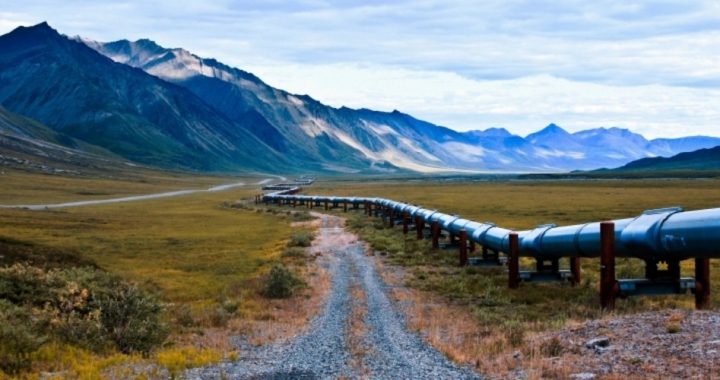
Energy Secretary David Bernhardt signed a Record of Decision on Monday to open a tiny part of the Arctic National Wildlife Refuge (ANWR) to leasing. Auctions could take place before the end of the year, said Bernhardt, adding, “Congress directed us to hold lease sales in the ANWR Coastal Plain, and we have taken a significant step in meeting our obligations by determining where and under what conditions the oil and gas development program will occur.”
Alaska Governor Mike Dunleavy was pleased: “Today’s announcement marks a milestone in Alaska’s 40-year journey to responsibly develop our state and our nation’s new energy frontier.” Alaska Senator Lisa Murkowski called it “a capstone moment in our decades-long push to allow for the responsible development of a small part of Alaska’s 1002 area.” Alaska Senator Dan Sullivan said, “Today, we are one step closer to securing a bright future for these Alaskans and their families.”
That “1002 Area” is indeed tiny: Just 2,000 acres would be developed out of the more than 19-million-acre ANWR on the North Slope of Alaska. Development of that area was approved as part of the Trump administration’s Tax Cuts and Jobs Act of 2017. It could eventually provide as much as 10 billion barrels of crude oil.
To put that into perspective, Saudi Arabia’s Aramco has proven reserves of 265 billion barrels.
But the challenges to access that potential oil in ANWR are substantial. First are the environmentalists who immediately declared war on the decision to open the area to the sale of leases. The Wilderness Society called it “fundamentally flawed” while the Sierra Club declared, “We’ll see them in court.”
The Alaska Wilderness League warned that “any oil company that would seek to drill in the Arctic Refuge will face enormous reputational, legal and financial risks,” while the Center for Biological Diversity intoned that “there’s no good time to open up America’s largest wildlife refuge to drilling and fracking … it’s absolutely bonkers to endanger this beautiful place.” The Center for Western Priorities said the plan to open the 1002 Area “will not only harm caribou, polar bears, and other wildlife, it is foolish in the face of rapidly advancing climate change.”
There are other challenges as well. It’s unknown precisely how much oil and gas lie beneath the permafrost of the region. Several major oil companies have backed away from further development of the state’s oil and gas resources, including British oil company BP, which just last month completed the sale of all of its operations to Hilcorp Energy. And Shell ended its commitment to Alaska back in 2015 after failing to prove out reserves after extensive, and expensive, exploration efforts.
At present, the cost of developing the region would far exceed the costs of continued development in the Permian Shale formation in Texas. And a number of international banks have announced that they won’t provide financing for any drilling in ANWR, including JPMorgan Chase, Wells Fargo, Morgan Stanley, Citigroup, and Goldman Sachs.
Nevertheless, Monday’s announcement is welcome news in a world focused on political obstructionism and enmity. Looking out a decade or more, those 10 billion barrels awaiting development in the 1002 area could be very important in maintaining America’s energy independence as other fields play out.
Image: kyletperry/iStock/Getty Images Plus
An Ivy League graduate and former investment advisor, Bob is a regular contributor to The New American, writing primarily on economics and politics. He can be reached at [email protected].



